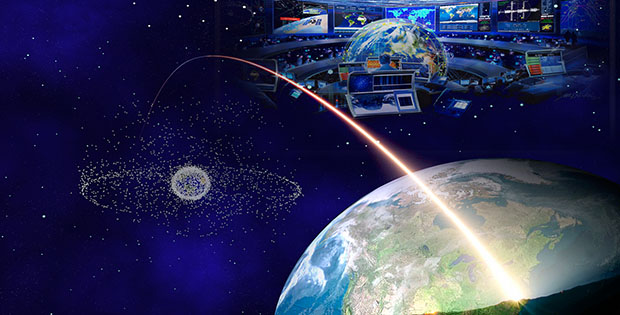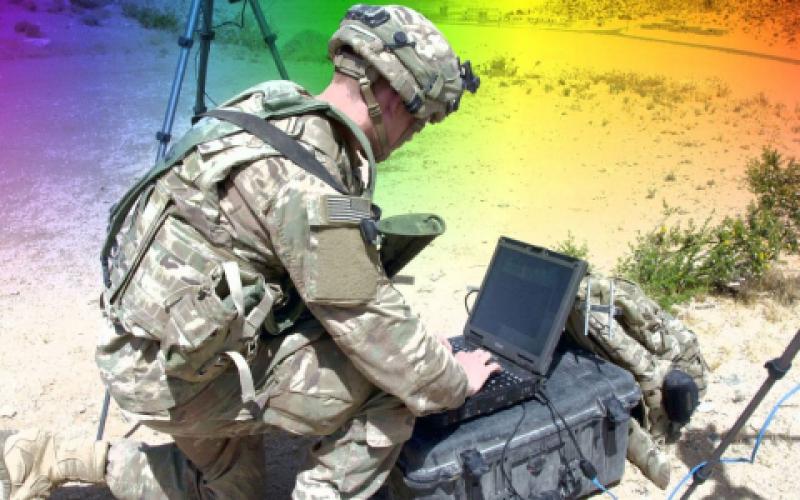NEMANJA POPOVIC
In 2018, around 40% of EU natural gas imports came from Russia (Foy, 2018). In the same year, Gazprom, Russia’s state-owned gas monopoly, supplied a total of 200.8 billion cubic meters of gas to European countries, with 81% heading to Western Europe (Gazprom, 2018). Though both sides are dependent on one another, the relationship is far from fruitful. Aside from the obvious historical grievances, particularly between the bloc’s eastern member states and Russia, recent geopolitical developments have aggravated relations, namely the Crimean crisis of 2014. The EU, along with the US and several other countries, imposed sanctions on Russia, targeting the financial and energy sectors (Spiegel, 2014). Yet, they were limited to the oil sector, given the EU’s dependence on Russian gas. This detail illustrates an interesting dynamic between the two.
The Eastern member states feel particularly vulnerable as a result of pre-existing historical anxieties, as well as a more intense dependence on Russia. Before the launch of the Klaipeda LNG terminal in 2015, the baltic states imported their entire natural gas consumption from Russia (Chyong & Teherneva, 2015).
With that in mind, the EU-Russia relationship resembles an uneasy marriage. At this point in time, Russia needs the European Union, and the European Union needs Russia. Europe meets its energy needs. Russia’s hydrocarbon exports generate a substantial amount of revenue for the state, accounting for more than 50% of the consolidated budget (Bogoviz, Lobova, Ragulina, & Alekseev, 2018, p.1).
As for the uneasy element, they are and will remain natural geopolitical rivals. The incorporation of some eastern European states into the union reinforces this friction. Russia sees these states as its natural sphere of influence.


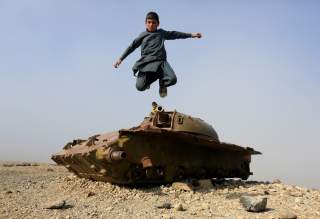



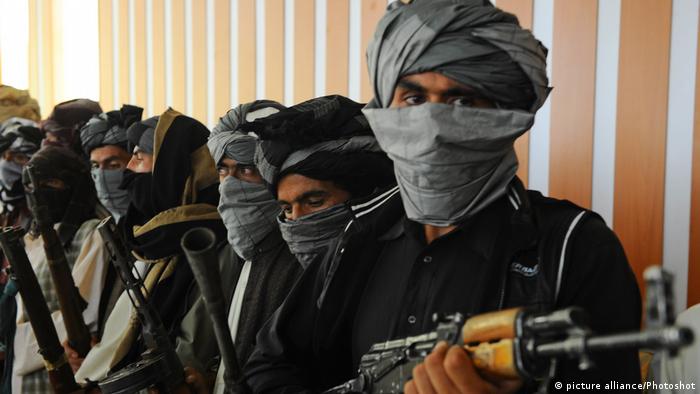





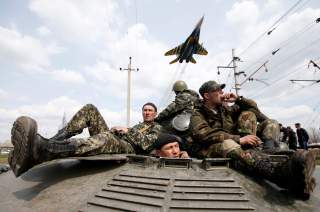


/arc-anglerfish-arc2-prod-mco.s3.amazonaws.com/public/RPJIDKGQZNE6BA56IHS6Z5ZDOU.jpg)
/arc-anglerfish-arc2-prod-mco.s3.amazonaws.com/public/UOJ573CHTJDWDIZYG7UQ6SLUY4.jpg)


